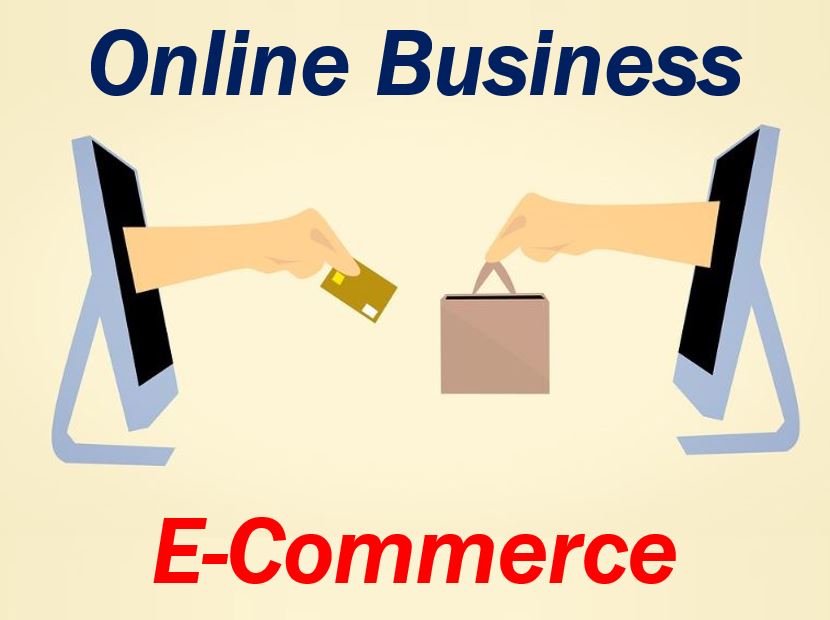Online shopping trends are growing fast and creating significant opportunities for entrepreneurs. The recent stay-at-home orders due to the Covid-19 pandemic have even further fuelled its prominence. In the first quarter of 2020, consumers spent $160.3 billion through e-commerce, representing an increase of 2.4% from the previous quarter. It is forecasted that in 2020 about 224.1 million people in the US will make an online purchase. This makes up nearly half of the American population.

With the continuous growth of e-commerce, many entrepreneurs are now migrating online. Nowadays, building a website and setting up an online retail store is easier, thanks to e-commerce platforms like Shopify, Weebly, WooCommerce, and BigCommerce. By using these platforms, you can put up products online and start selling in no time.
But while starting an online shop is simple, running and making it successful isn’t always easy. Just like running a brick-and-mortar store, you need to put time and effort to invite customers to your site, buy your products, and return to your site for repeat purchases.
If you are just starting out in e-commerce, here are five useful tips to help you succeed.
1. Ensure good user experience
Your online store is vital in doing business online, and one primary concern is user experience. That being said, it is crucial to make your site enjoyable and easy to use. Some aspects to consider when building a website include:
- Website navigation – Make your site easily navigable from browsing through options down to checking out.
- Cross-platform use – Your online shop should be accessible to different platforms, particularly mobile devices, where the majority of consumers do their online shopping.
- Load time – Consumers have a very short attention span of eight seconds. It is important to boost your website speed so visitors won’t leave your page.
- Visuals – Keep your e-store visually appealing by posting high-quality and eye-catching graphics and images of your products.
Consumers are more likely to use and revisit your site if it’s user-friendly.
2. Maintain social media presence
Social media is a very powerful tool and is crucial in e-commerce. Many consider it the heartbeat of an online business. Promoting your e-store on social media allows you to reach your target audience as well as new people, and drive more traffic to your site.
Not only do social media keep your e-store closer to customers, but you also get to know them better. While you can assign a social media manager, it is best that you personally oversee it. This way, you can build the brand image that you envision for your business.
Open social media accounts across different networks. Post-eye-catching images of your products. Stay active in your accounts and engage with your visitors. Make sure to link your website to social media accounts.
3. Increase traffic to your site
The key to the success of your e-commerce business is the number of unique visitors to your site. Given the cutthroat competition in the online world, it is important to run effective SEO strategies to stay on top of the competition.
There are numerous tactics to drive traffic to your site. SEO optimization and content marketing are two cost-effective strategies that beginners can implement. SEO makes your site rank higher in search engine results and easily searchable by more online shoppers. Meanwhile, content marketing focuses on creating and publishing useful, interesting blog posts that your target audience would likely look for. If you are not familiar with SEO, you can work with reliable SEO specialists.
4. Provide stellar customer service
Great customer service is vital to the success and growth of an e-commerce business. If customers are satisfied with your service, they are more likely to purchase and recommend your business to others.
Make your business available to your customers by providing various ways to contact you. List your email address, phone numbers, and even postal address. If your budget allows, invest in live chat assistance. You should also put up an FAQ page and regular customer bulletins to better guide them.
Your business should always be ready to assist customers with their needs and concerns. It’s not enough to just display your contact details. You have to reply to their queries in a timely manner. Good customer service entails time and effort, but it will surely go a long way.
5. Build your email list
Even with the emergence of various digital marketing tactics, email marketing remains very effective in building trust with your customers, boosting customer engagement, generating leads, and increasing revenue. Email marketing gives you the ability to send messages directly to your subscribers. You can send marketing emails, newsletters, transactional emails, milestone emails, etc.
In order to reach more customers, you need to build your contacts list. The secret in getting people to sign up for your email list is to offer them incentives. There are numerous tactics in email list building such as running a contest or promo, offering exclusive deals, providing lead magnets, creating social media lead ads, and using pop-up forms. Email validation is an important part of the email list building. This ensures that you’re not wasting effort and resources on inactive email addresses.
Final Thoughts
In this age of the Internet, doing business online is a must. Obviously, consumers are on the web – and you should be there too. But while e-commerce offers lucrative opportunities, you need to work hard to stand out of the competition. Start your online shop now with the five tips discussed above.
Interesting Related Article:

